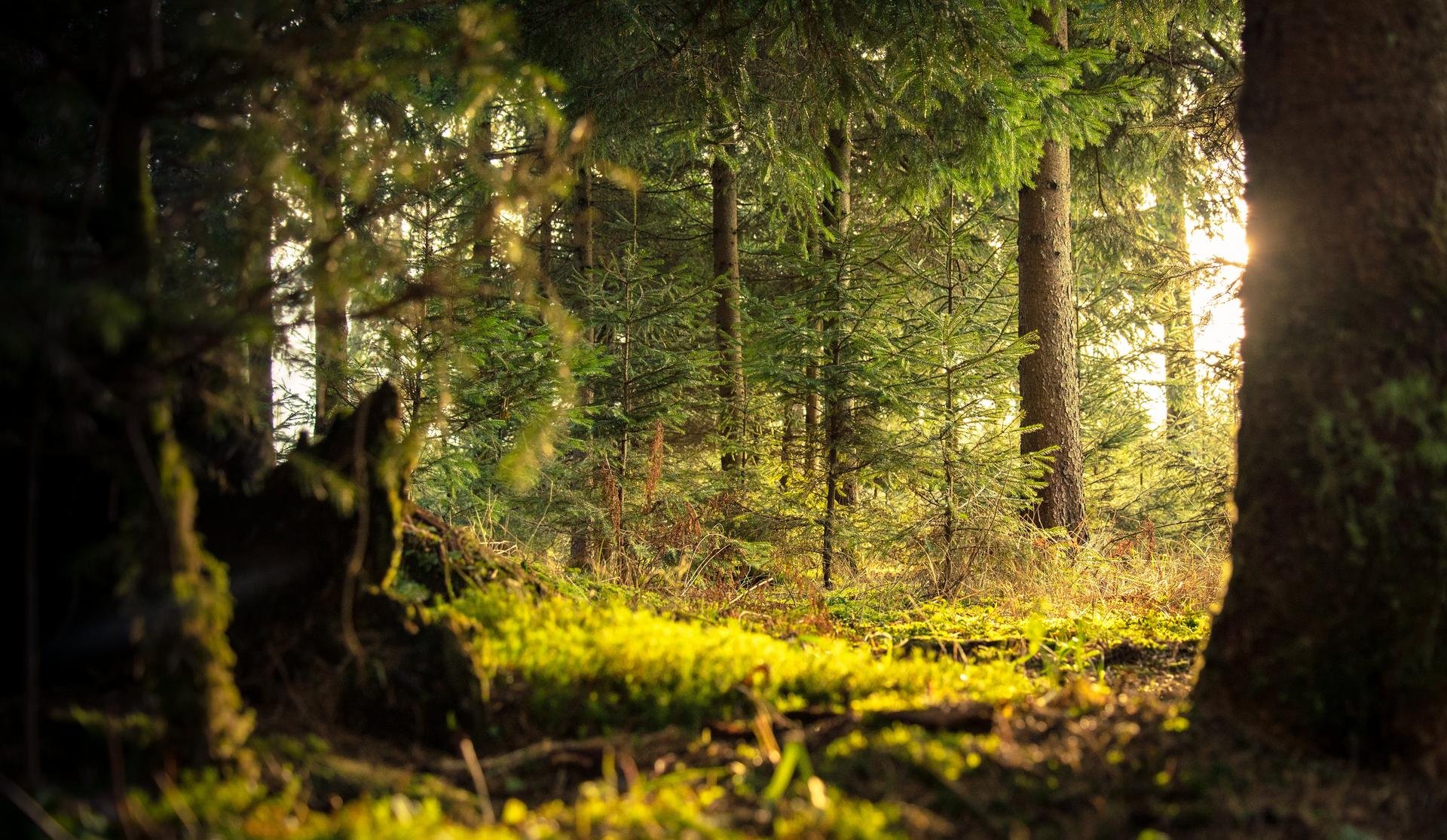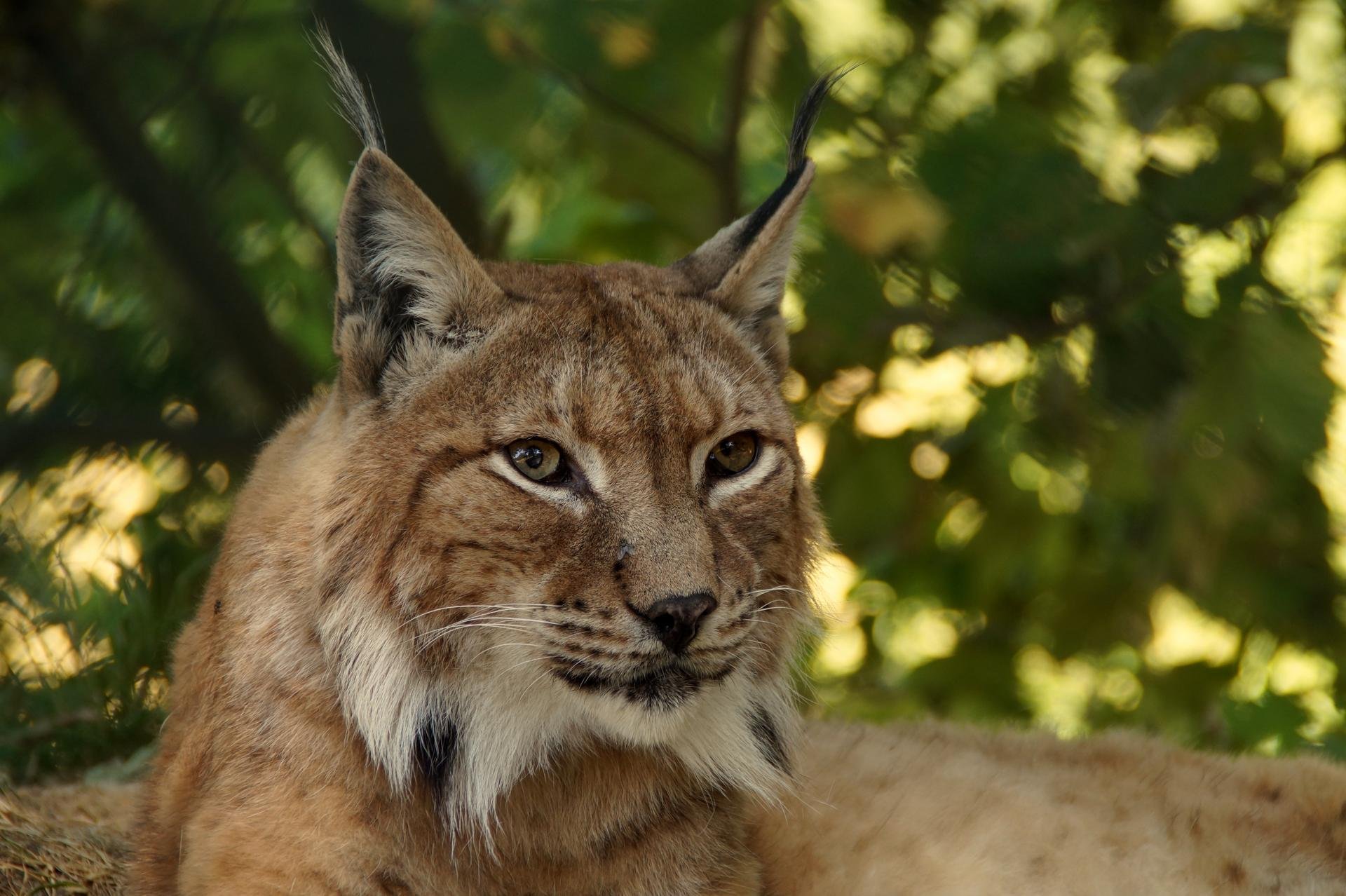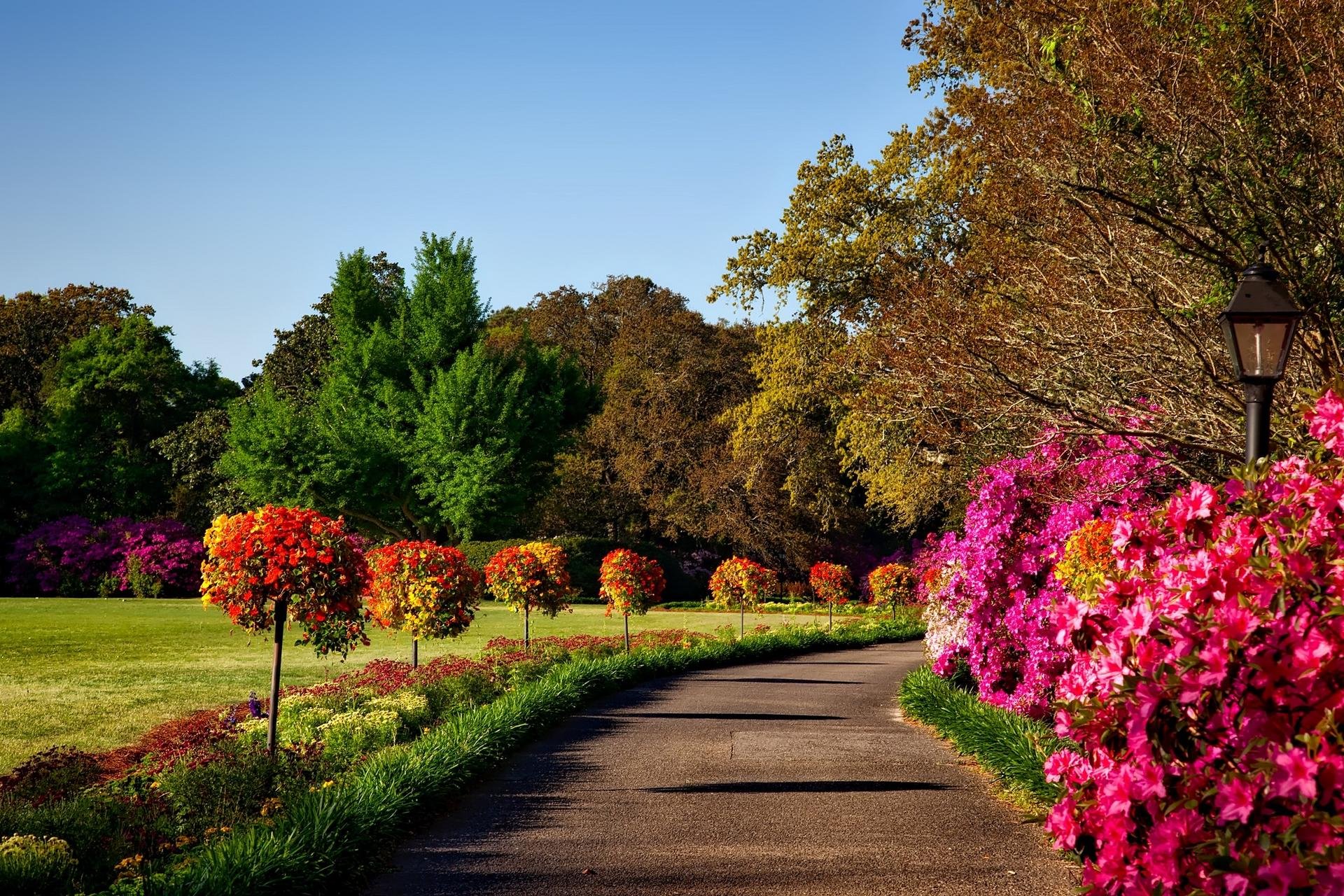Green Poland
Learn more about Polish nature!
Poland spreads from seaside to mountain tops, which guarantees variety of natural biological environments. Forests occupy nearly 30% of the land, making Poland the European leader of forestation. Majority of them are national forests.
National parks
In order to conserve the natural environment, national parks (park narodowy) are created in every part of the country. Nowadays there’s 23 of them – 9 are considered to be Wolrd Reserves of Biosphere. Their names are: Babiogórski Park Narodowy, Białowieski Park Narodowy, Bieszczadzki Park Narodowy, Kampinoski Park Narodowy, Karkonoski Park Narodowy, Park Narodowy „Bory Tucholskie”, Poleski Park Narodowy, Słowiński Park Narodowy oraz Tatrzański Park Narodowy. With the exception of Narwiański Park Narodowy and Park Narodowy Ujście Wisły, the parks are mainly woodlands. 21% of the parks space is under a strict protection that prohibits any form of human intervention. Annually, the parks are visited by almost 11 million guests.

Protected species
Due to dense forestation, many species of animals are protected in Poland. Among mammals the most renown ones are wolf, lynx, brown bear, grey seal and European bison. There’s plenty of birds species, too – szlachar, black stork, orlik, eagle, falcon, grouse, eagle owl, black and red kite. We can also find some insects on the list like zagłębek bruzdkowany beetle and iglica mała dragonfly. The full register of endangered species was published in the Polish Red Book of Animals.

Urban greenery
Polish cities are investing more money in greenery with every year. These decisions aren’t dictated only by economical reasons. They’re a reflection of the deep care for improving the quality of life of citizens. In the recent years we have seen new ecological initiatives in cities such as Warsaw, Łódź, Kraków, Poznań, Gdynia and Toruń.




